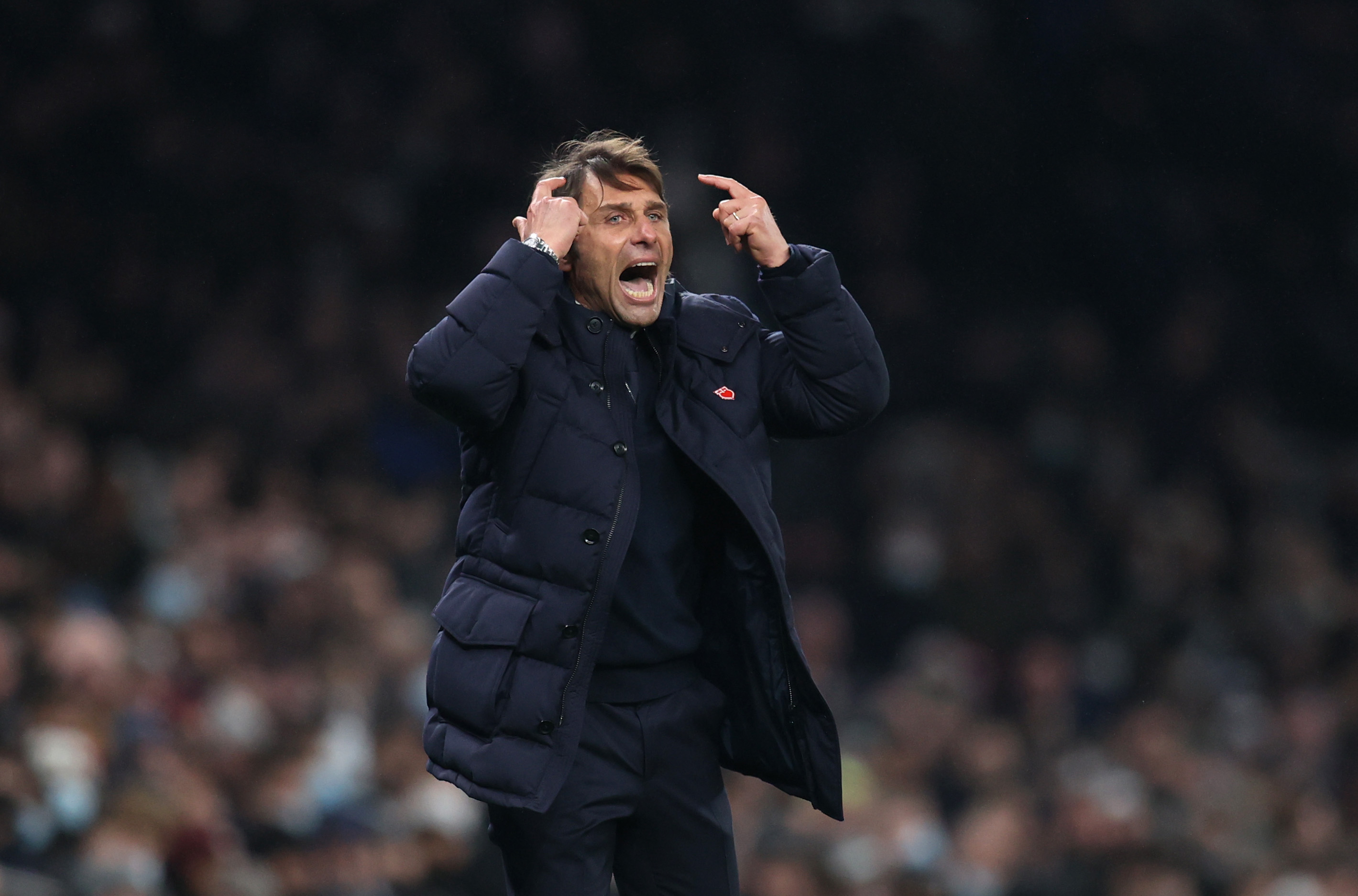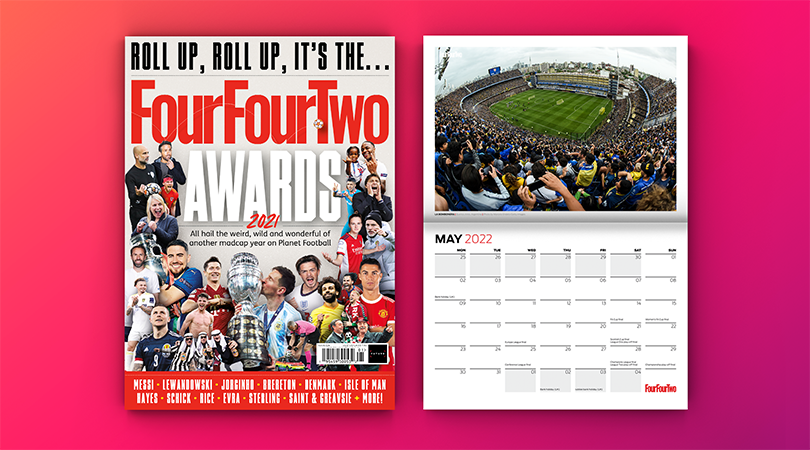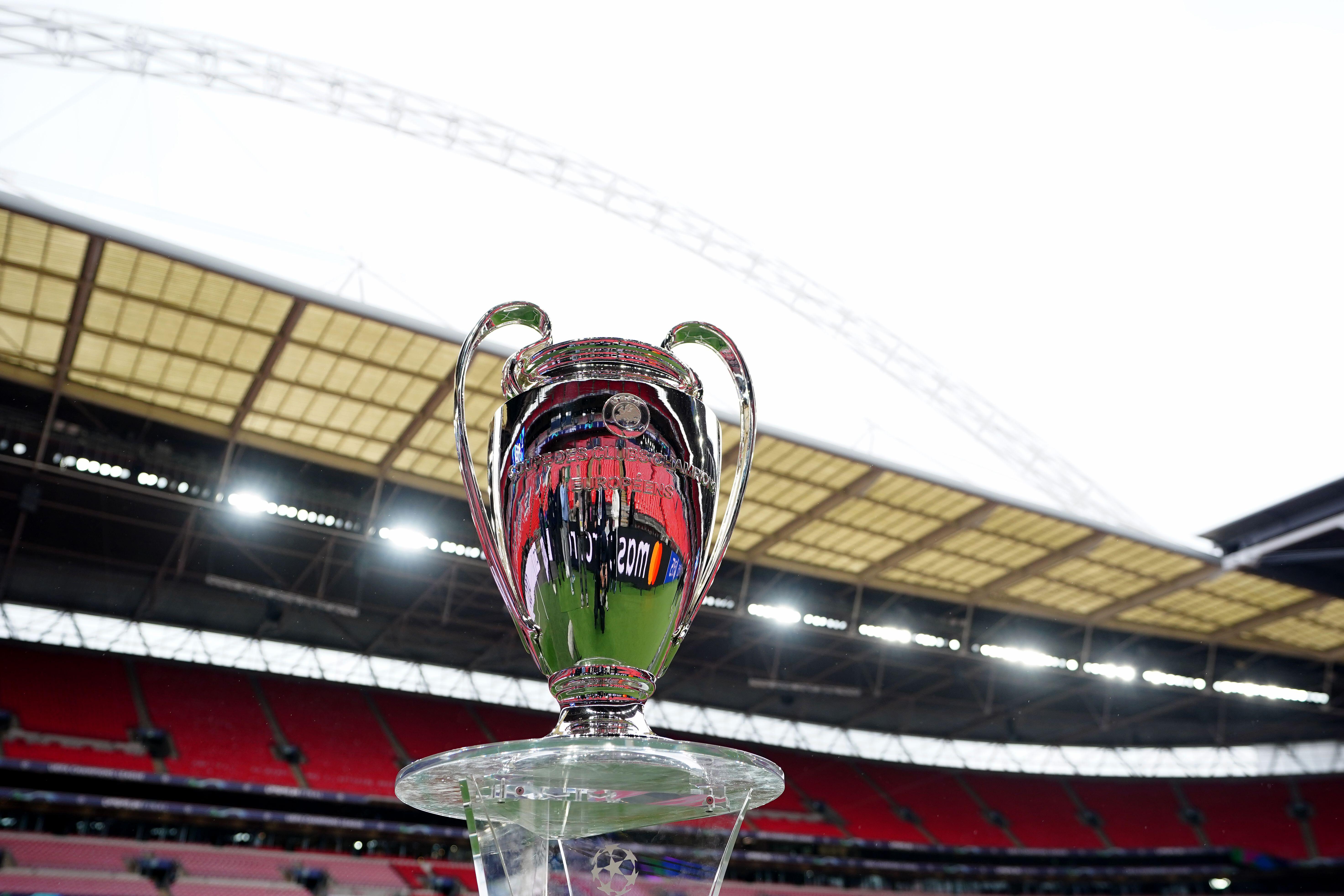Has Antonio Conte stumbled across another golden plan B at Tottenham?
Tottenham's switch to a new formation for the draw with Liverpool appears to unlock Antonio Conte's midfield options

Antonio Conte is the manager with the best Plan B in Premier League history. His mid-match switch to 3-4-3 when Chelsea were 3-0 down to Arsenal in September in 2016 was followed by a run of 13 straight wins in a new formation. A procession to the title followed. Perhaps no one else in the division has ever changed tack so decisively and successfully.
REVEALED The perfect Christmas film to watch for fans of all 20 Premier League clubs
Conte unveiled another Plan B on Sunday. He had begun at Tottenham with the system he almost trademarked at Chelsea. His latest shift was forged not by results – he had won his previous three league games – but by injuries and illness. It nevertheless offered the potential that he has improvised another solution, that he has conjured something more exciting and found a way to unlock the talents of men on the margins.
Because Conte arrived taking one thing from his predecessor Nuno Espirito Santo: his midfield straitjacket. He showed a preference for the solidity of the double defensive midfield pivot, the pairing of Pierre-Emile Hojbjerg and Oliver Skipp that feels short of goals, assists and creativity. By playing 3-4-3, he abolished the notion of a more attack-minded midfielder that Mauricio Pochettino, Jose Mourinho and Nuno, in various versions of 4-3-3 and 4-2-3-1, usually had. It left Dele Alli, Tanguy Ndombele and Giovani Lo Celso, who had increasingly seemed the three enigmas, very different players coveting similar roles and proving a conundrum to each of their managers, looking like endangered species. It also left Harry Winks on the outside looking in, sidelined for the more robust duo of Skipp and Hojbjerg. Some, if not all, could have been discarded, written off as the wrong sorts of players for the modern Spurs.
There was no Hojbjerg against Liverpool. Skipp began on the bench. Instead, Conte swapped to 3-5-2, brought in a midfield triangle with Winks at the base and Ndombele and Alli either side. It was an injection of invention and ambition. For those who care about those things, Spurs registered their highest expected goals total (2.80) of the season. It was an indication of the attributes of each of the individuals and how Conte used them: Ndombele’s laser-guided pass led to Harry Kane’s opener, Alli’s running power was deployed as he came from deep to make the third attacker and, in Winks, he had a progressive passer in the sort of position Cesc Fabregas and Andrea Pirlo used to occupy in his teams, a north London regista.
Perhaps it was a one-off gameplan, a bespoke blueprint forged by the combination of facing Liverpool and the need to field the fittest men left after Covid struck the Spurs squad. But it is to be hoped not. Some of the potential at Tottenham does not lie in the deluxe stadium or training ground, but in the players who have lost their way.

It is not accomplished in one game but there were hints of the 2017 Alli, the fearless runner who got into the box. He has gone 23 months without a Premier League goal in open play but whereas Nuno tried to transform him into a workhorse who rarely entered the final third, Conte seemed to alight on his greatest strength. Just Ndombele’s fifth top-flight assist as a Spurs player showed the ability he has, but also that he requires a manager who can find a way of getting him to display it more often. For Winks, the sort of passer who seems to nudge the ball sideways too often, the progressive element to his distribution added incision. Factor in the question of what Lo Celso could do for Conte with the possibility a role in a midfield trio could suit him and 3-5-2, the shape the Italian used when winning the Scudetto with Inter, gives the promise of improvement (if not for wingers like Lucas Moura and Steven Bergwijn, who become the odd men out).
Get FourFourTwo Newsletter
The best features, fun and footballing quizzes, straight to your inbox every week.
But while Tottenham’s results had got better under Conte, while Hojbjerg had shown the drive to get into the box and equalise against Leeds, the midfield had still seemed to possess too much graft and too little craft. It looked too much of a wasteland, with those capable of decorating it all sidelined. But with the platform of three centre-backs, perhaps they didn’t need two defensive midfielders. A switch to three in the middle renders more attacking options more possible. And as Christian Eriksen and Nicolo Barella showed at Inter last season, Conte can find ways of getting gifted creators and runners together in a trio. Spurs’ Sunday reinvention may have been the product of necessity, but there are reasons to hope it is the start of something.
Subscribe to FourFourTwo today and save over a third on standard price.
Restock your kit bag with the best deals for footballers on Amazon right now
ALSO READ
LIST Football Manager 2022: All the FM22 wonderkids you'll need to sign
Richard Jolly also writes for the National, the Guardian, the Observer, the Straits Times, the Independent, Sporting Life, Football 365 and the Blizzard. He has written for the FourFourTwo website since 2018 and for the magazine in the 1990s and the 2020s, but not in between. He has covered 1500+ games and remembers a disturbing number of the 0-0 draws.

